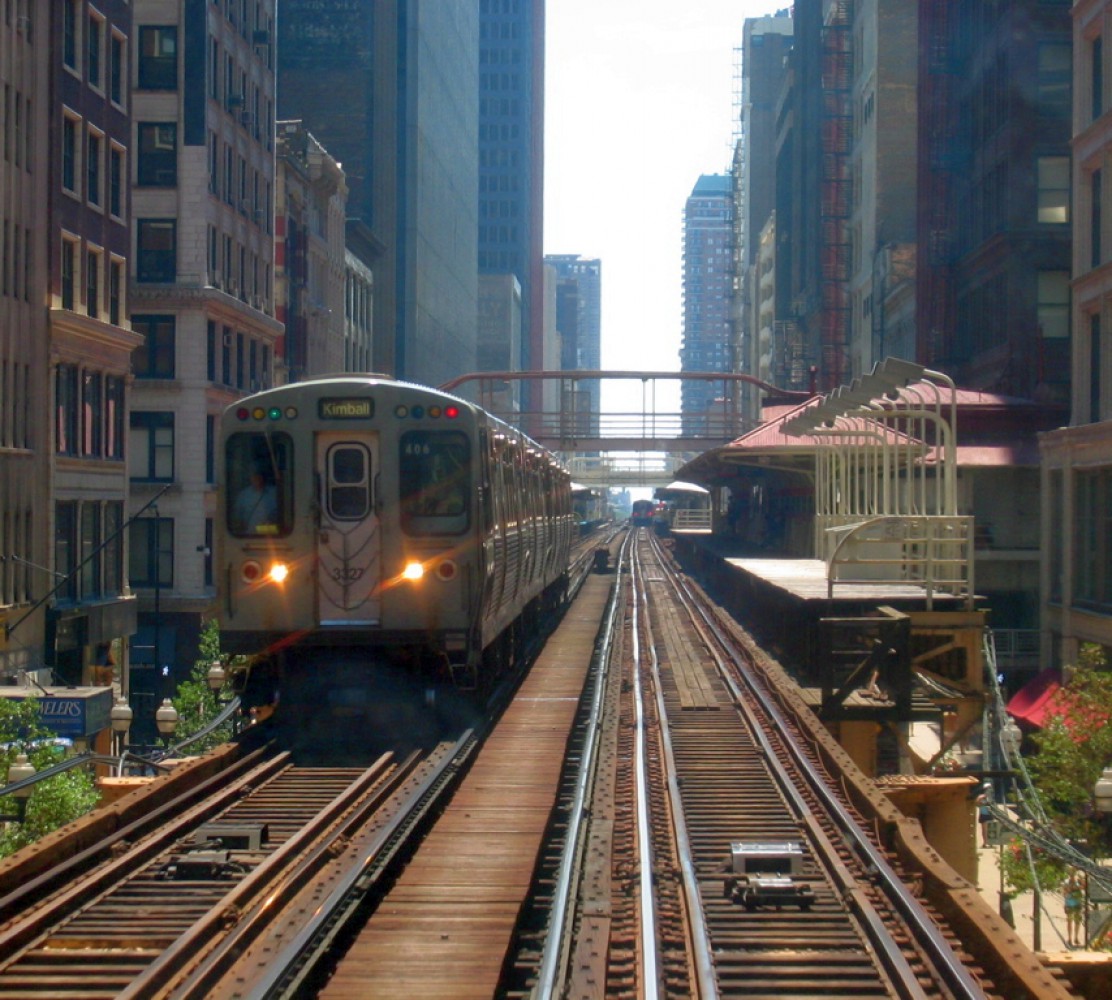
The Adler Planetarium and the Shedd Aquarium recently teamed up on a new program that involved high school students with current citizen science projects. The resulting HackLabs took place from October through February, with one HackLab per month and a culminating Hack-a-Thon on February 6th. This project was an opportunity for the Adler and Shedd’s teen programming teams to explore new options for youth to physically get to museum campus.
The Challenges
Both the Adler and the Shedd have experienced varying degrees of success with recruiting teens for free programming. We already know that access to museum campus is a challenge, particularly during the peak times that coincide with times students are out of school and can attend programs. Youth often rely on public transportation, which can be inconsistent as museum campus is only served by one CTA bus during the school year. Transit can also be dramatically impacted by the various events and street closures that happen in and around museum campus. Furthermore, winter weather makes a significant impact on youth reaching the Adler and Shedd as they lose the option to walk to museum campus from the Roosevelt station.
Aside from challenges related to physical accessibility, public transportation can be financially inaccessible. Programs tend to be excluded from reduced fares as they happen on the weekends, at night, and away from schools. Staff typically offers bus cards to offset the extra cost of coming to educational museum-based programs. Bus cards ordered from Ventra are $3 for a one-way trip, draining already limited resources away from supplies and equipment.
Testing a New Solution
HackLabs benefited from a Hive Chicago grant, which directly supported various transportation offerings for students to reach museum campus. All students were offered the option to get Ventra passes as reimbursements for attending, or parking coupons to park on campus for free. For four out of the five HackLabs, we organized bus transportation directly from neighborhoods on the South and West sides of Chicago.
We contracted out Sunrise Charter Services for use during HackLabs. The price of a bus for about five hours was between $230 and $250. For this first iteration of the program, buses were offered to specific groups. An adult organizer for the group was given contact information for the bus company and coordinated students at the pick up point.
Since the busing option was not in place for the first HackLab, we were able to see a direct impact on attendance with a comparison group. Approximately 28 youth pre-registered in for the first HackLab held at the Adler. The campus was free of events and being in October there were no issues with weather. However, only three students showed up with all three of those students being dropped off by parents.
In the following three HackLabs, the number of pre-registered students increased to at least 40 per session to accommodate higher drop off. However, actual attendance rates drastically increased with numbers averaging 24 students per day, resulting in higher overall percentages (Figure 1). For the Hack-a-thon, pre-registration reached 108 with 41 students attending – a higher attrition rate than the three previous workshops, but still lower than the first. These attendance increases occurred as weather conditions worsened and amidst more museum campus events.
Key Learnings & Next Steps
From this pilot, it seems that offering direct busing services to programs from neighborhoods does impact overall attendance. Financially, buses remain more expensive than ordering individual Ventra cards, unless the bus contains more than 40 students. However buses may be an attractive option for large programs, providing a more consistent, faster, and safer option for youth to reach museum campus.
Three key findings were observed as a direct result of providing bus transportation for groups:
- Comfort levels in traveling to an unfamiliar place is increased by going with a trusted adult and a group of peers;
- After youth have traveled to a new program location in a group, they are more comfortable in visiting on their own or only with friends; and
- Groups are more likely to travel to a program if transportation is provided by a trusted bus service.
One factor we would like to further explore is the impact of having organized groups using the buses versus having a general pick-up location open to all participants. It is very likely that attendance numbers increased because there were adults of influence making sure youth attended. Due to the condensed timeline of the program, we were unable to explore doing direct recruitment in neighborhoods and having a pre-determined pick up location for any youth to ride, similar to how the Chicago Botanic Garden runs the Science First program. We’d love to hear from you if you have pick-up locations for youth, what the financial impact is, and how it appears to affect overall attendance and attrition.

